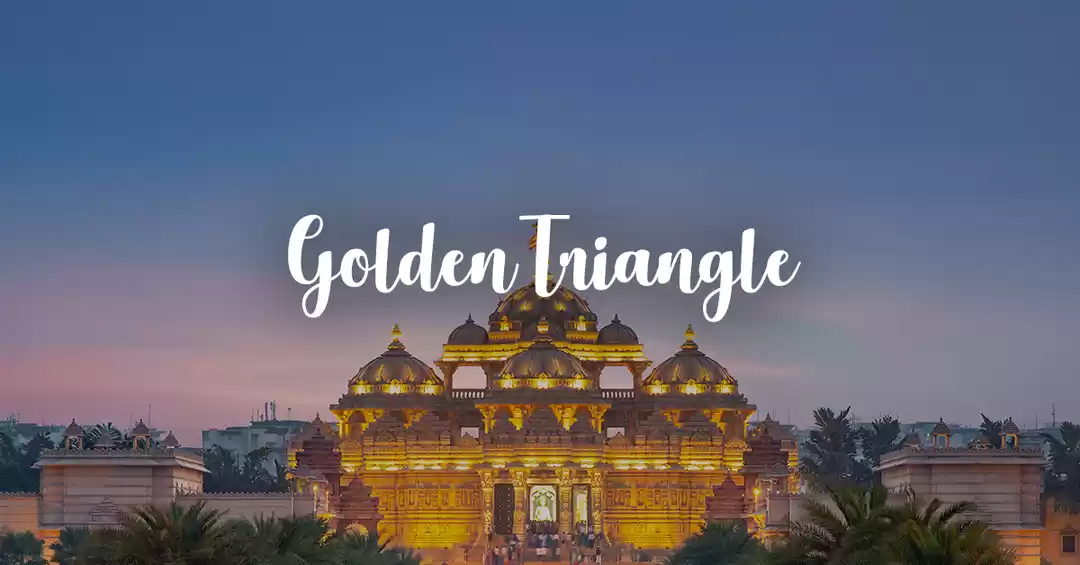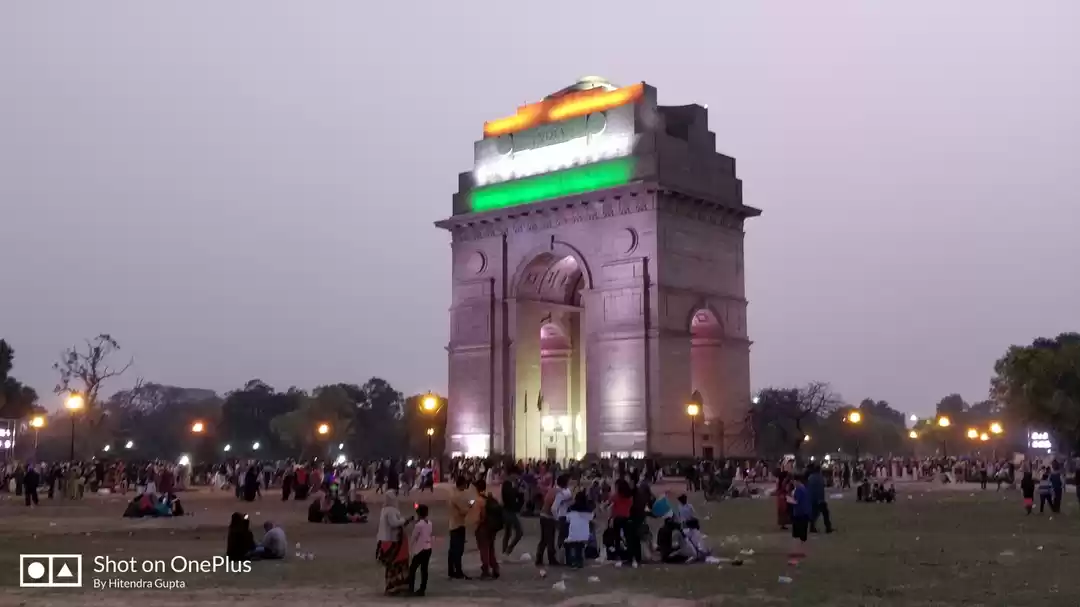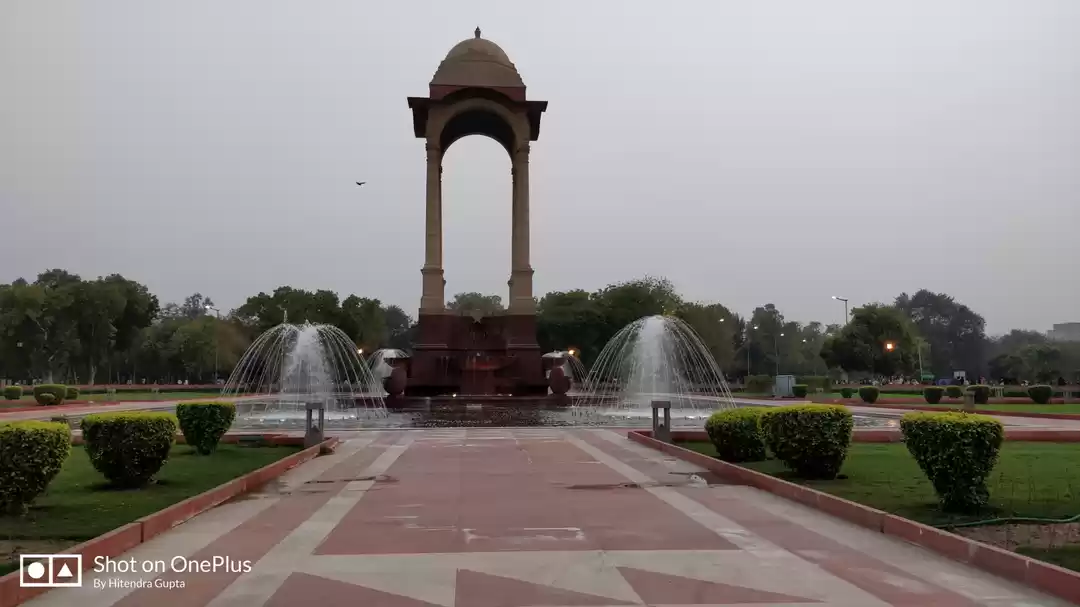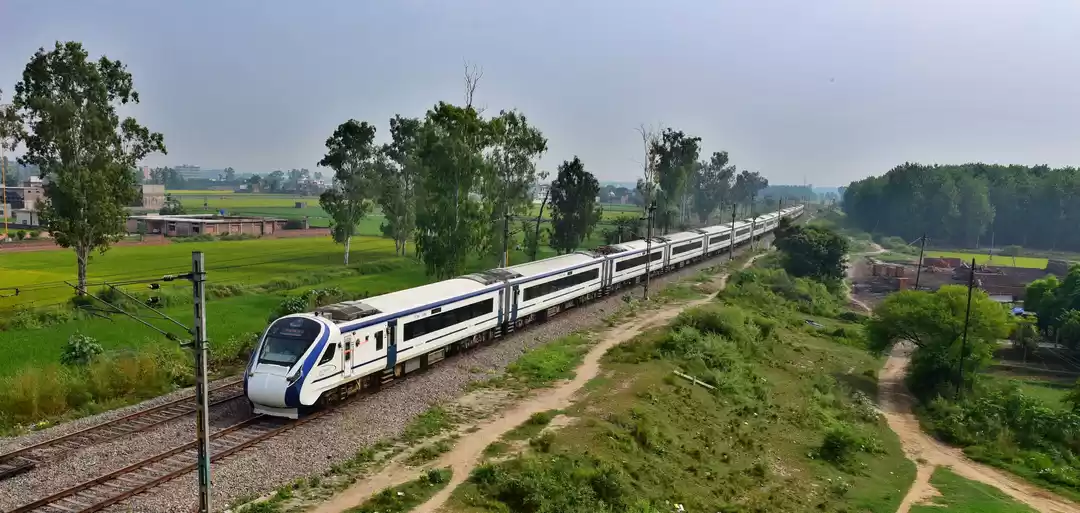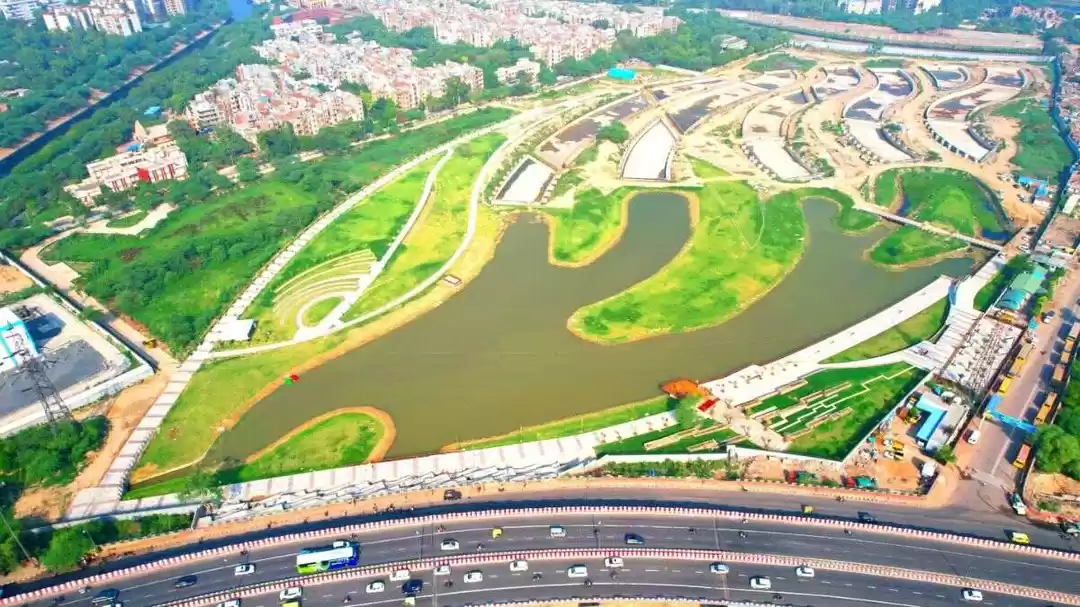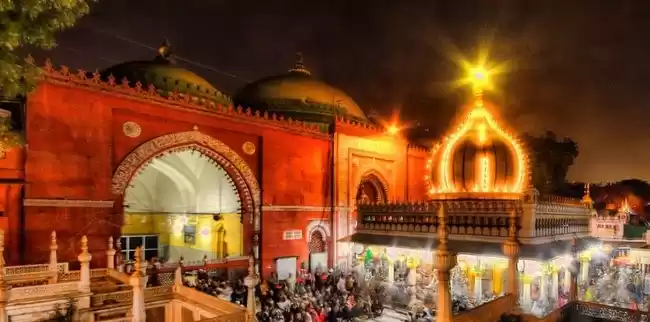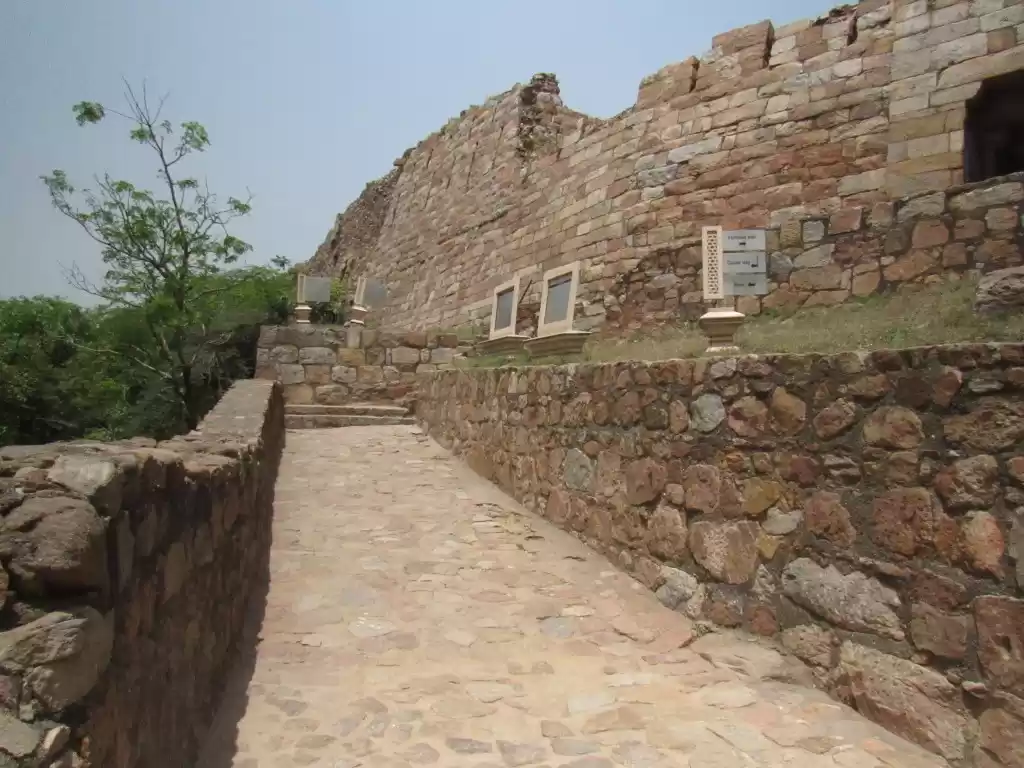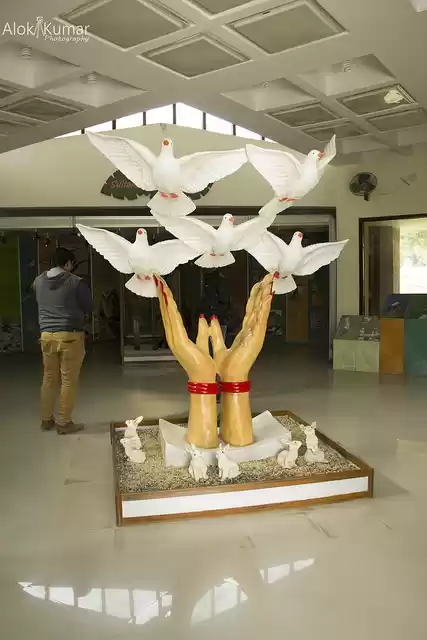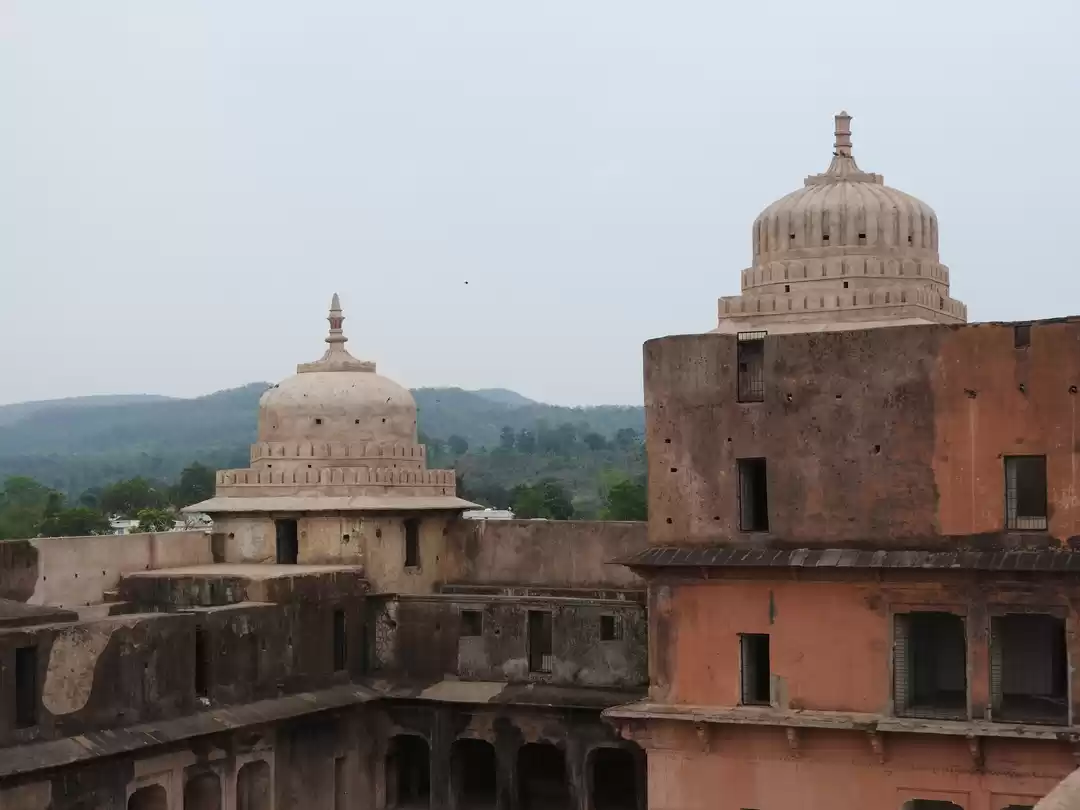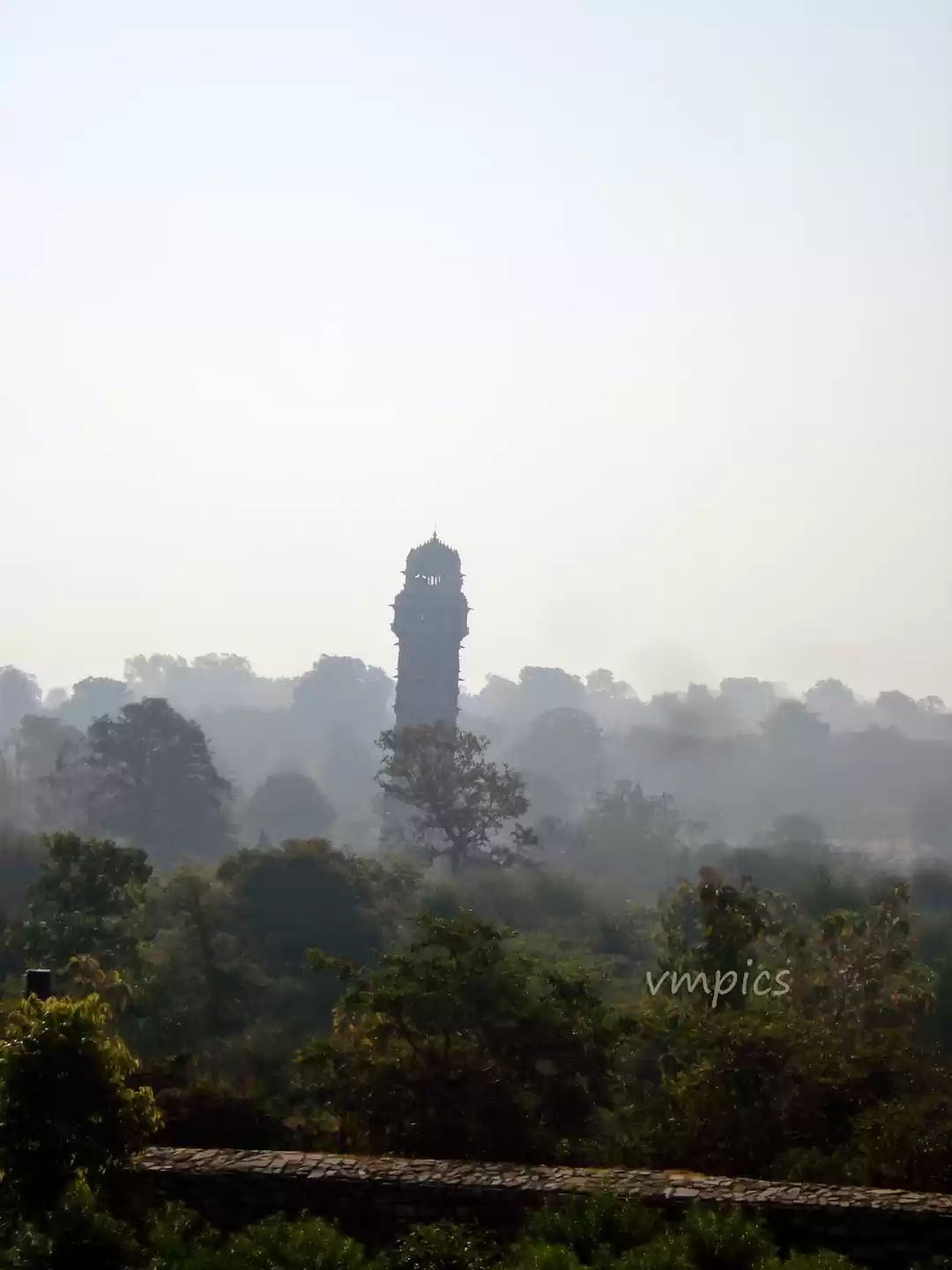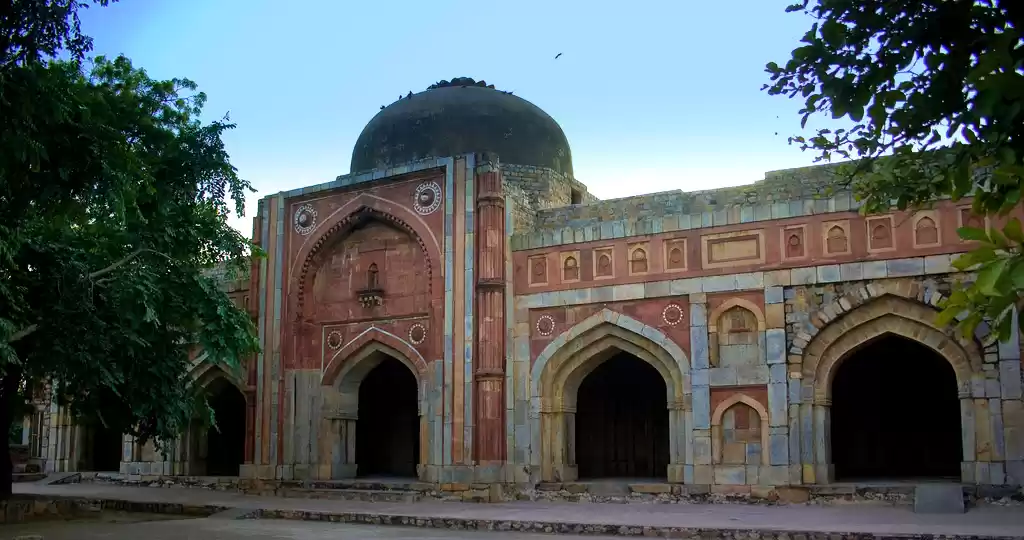



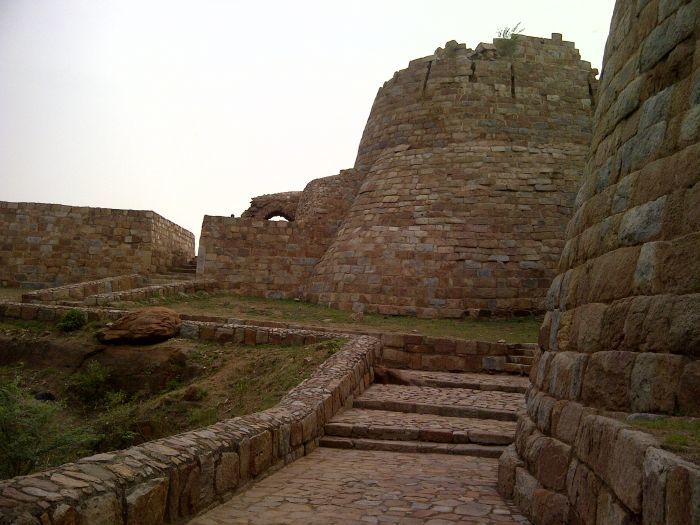
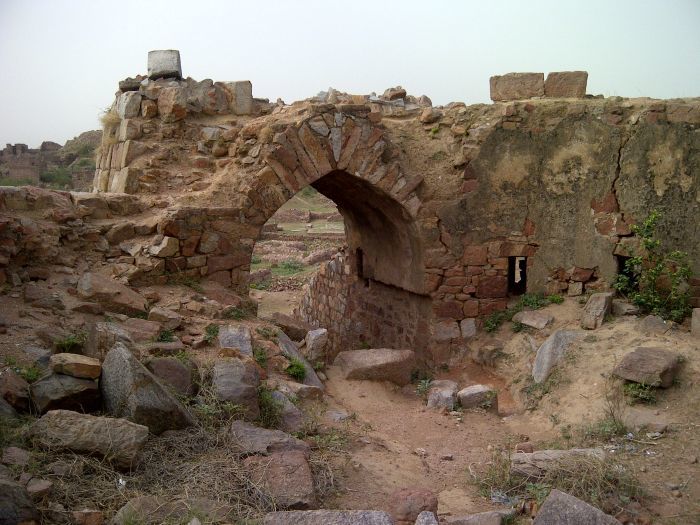
A convenient way to get to Tughlakabad Fort is to get off at Saket metro station and to take an auto rickshaw from there. You can get one for Rupees 70-100 depending on how hard you can bargain. Tughlakabad is an imperial but tottering site. It reminds one of the power of the Delhi Sultans.
Entering the fortressed walls of this third famous ancient city of Delhi I could not but remember these almost 200 years old lines from Shelley’s famous poem Ozymandias (A traveler finds the ruins of a great statue built in honour of a proud king. Alas the head of the statue has fallen into the sand. Time has conquered even this great king.):-
“—‘My name is Ozymandias, King of Kings:
Look on my works, ye mighty and despair!’— (This is written on the pedestal of the king’s headless statue.) But alas time does not spare even the mighty. Shelley writes:–
“Nothing beside remains. Round the decay
Of that colossal wreck, boundless and bare,
The lone and level sands stretch far away.”
The King’s head lies sneering in the level sand but time will soon erase even the sneer from his face. Time is all powerful.
Thus it is at Tughlakabad. Ghyasuddins’ great venture has fallen on bad days. It has succumbed to the curse of Nizamuddin Aulia—‘Ya rahe hissar, ya bassey gujjar.’ The saint said that this walled settlement of yours will become a city when gypsies decide to settle here. Gypsies of course will never decide to settle in one place thus Tughlakabad will never become a successful city. Nizamuddin is a saint still revered by the people of Delhi. He was building a large well for the benefit of the people. This was in the period of Ghyasuddins reign from 1320—1325. The saint cursed the Emperor because he diverted all the men working on his ‘baoli’(well) to the construction of his massive venture of building a fortified city of Tughlakabad. Ghyasuddins had fought the Mongols and beaten them in battle. He feared that they would soon attack him and therefore he built the city with walls rising as tall as fifteen meters. The battlements and watch towers made the city an impregnable fort.
Emperor Ghyasuddin in this period went on a conquering crusade to Bengal. He was successful. Soon he was on his way back to Delhi. Informed of his imminent return Saint Nizamuddin Aulia said another of his famous mystical lines—‘Hunuz Dilli dur ast’—Delhi is still far away- and the insurmountable distance remained thus because Ghyasuddin died in an accident where a big wooden construction built for welcoming him fell upon his entourage. People believe it was a conspiracy between his son and some courtiers. Ghyasuddin thus died bereft of the benefits of his great city which soon slipped into days of neglect. Although It is true that still some gypsies and shepherds live in the fortified city. You can still see goats climbing the proud seven hundred years old walls of this Indian Ozymandias.
I found this wonderful and apt quatrain from Bahadur Shah in Ahmed Ali’s book Twilight in Delhi:-
“Delhi was once a paradise,
Such peace had abided here;
But they have ravished its name and pride,
Remain now only ruins and care."






